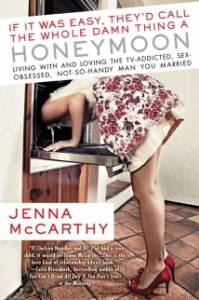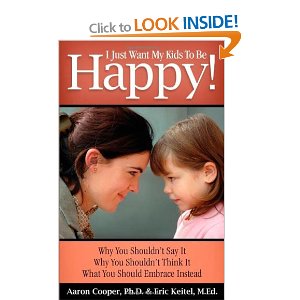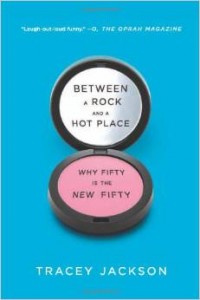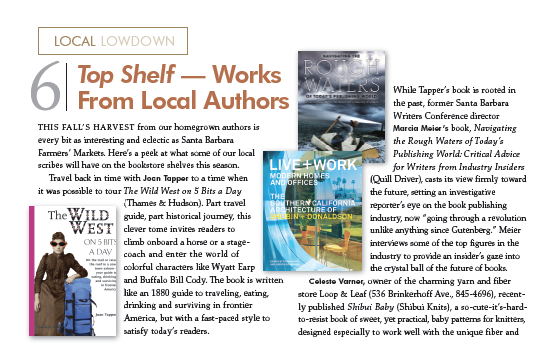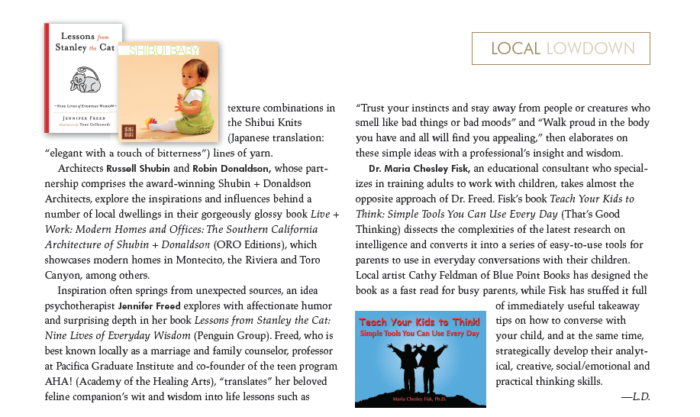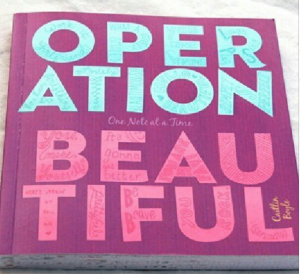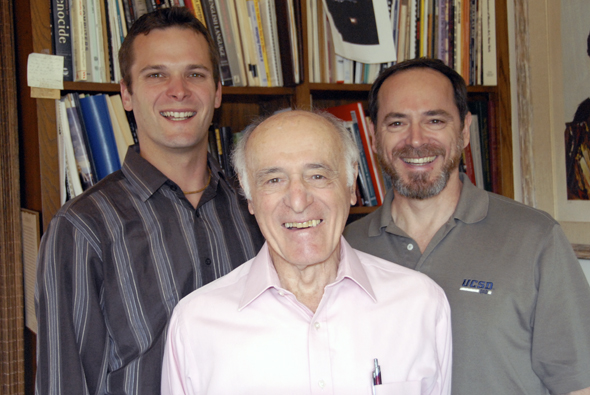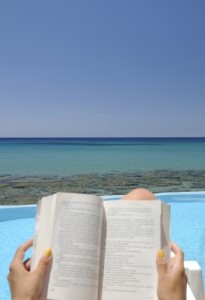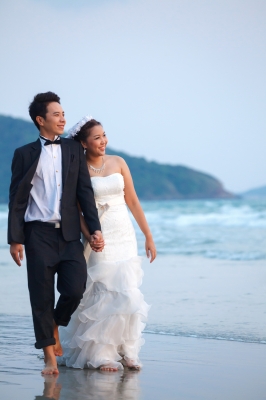
Photo by Vichaya Kiatying-Angsulee, freedigitalphotos.net
Chatting with Author Rebecca Bloom
“What is it about wedding preparations that makes the ordinary tasks usually taking a woman from bed to bath, to bra, to base, to bagel, to bag, to butt-on-the-seat-of- the-car in 28 minutes flat, suddenly expand, exhale and evolve into hours upon hours of careful mirror observations and highly scrutinized tinkering?” writes Rebecca Bloom in her new novel, “Eat, Drink, and Be Married.”
I’m giggling as I read these words (So very true!) and laughing even more as I speak to their author, who is sneaking in our phone call during the precious naptime of her two-year-old son. Along with some of the laugh-out-loud-in-recognition scenes in her book, this is yet another thing about Rebecca Bloom that I can relate to.
Expecting her second child in the fall, Rebecca chats easily about writing, kids, tequila and the birth of “Eat, Drink, and Be Married,” her third novel. Here are some highlights:
Leslie Dinaberg: I really enjoyed the book. What was your inspiration?
Rebecca Bloom: I had been going to a lot of weddings and I was noticing that there is so much else that goes on around the wedding. There’s such a heightened sense of emotions for everybody. I wanted to write something that explored not just what the bride and groom were going through but what the guests themselves were going through. Weddings bring out a lot of different kinds of things for people and I wanted to explore those things.
LD: I was really struck by the coming together of the college friends who got back into their old dynamic so quickly and reverted to their old selves. Was that your experience?
RB: With my girlfriends from college, we have this shorthand that it doesn’t matter how long it has been since we’ve talked or how much has happened, the minute we’re together there’s not a lag, we don’t really have to catch up. There’s an instant repartee and there’s an instant sort of comfort and camaraderie. I wanted to put that in the book because I do think that in college you form such intense bonds because you’re with people 24/7 and you don’t really have time past college to ever really do that. … I wanted to capture that because I think it’s the case for a lot of people that the old friends sometimes are the ones that know you the best.
LD: A while back my husband and I were in that wedding a weekend phase and we sort of became the wedding critics. What do you think makes a really good wedding or a really not so good wedding?
RB: It is funny, when you write a wedding book everyone thinks you’re an expert on weddings but it’s sort of just your own opinion.
I think the best weddings are the weddings that really represent the bride and groom and you can tell that they really planned it for themselves and not for their moms and their friends. It’s really all about them. And those are often the most fun.
Our wedding had a lot of tequila and that really made it fun (Laughs). … I think the ones that are the best are the most relaxed and represent the couple-not just the bride.
LD: Were you married when you wrote this book?
RB: Actually I wrote this book, the first draft of it, when I was single. I wrote this wedding book and then I met my husband. So we’re sort of like that movie “Field of Dreams,” where the whole thing is like if you build it he will come. (Laughs)
LD: And now you have a husband, a young son and another on the way. How do you write and juggle all of that?
RB: Not as well as I would like. I am trying to start writing something new and it’s just hard. It’s hard to find the balance. … You just do the best you can. I can’t do everything all the time. And I can’t do it very well. My kids right now are the most important and that’s okay for me for right now.
LD: Not only are weddings fraught with drama, they’re also a huge business. Was that sort of marketing angle in your mind when you developed the story?
RB: I definitely knew … that there might be more avenues open maybe for publicity or marketing but I didn’t really think about that when I was writing it.
As I’ve gotten older though and as I end up starting my next book I’m thinking about that more because I want to make a living and I want it to sell and so I’m letting that come in a little bit. I have a bunch of ideas, so I am thinking which one is the most marketable and I’ll go with that.
But I’m not writing about zombies or anything (Laughs).
LD: I don’t know, a vampire, shades of grey, zombie wedding book with a historical twist could be huge.
For more information about Rebecca Bloom, visit www.rebeccabloom.com. For more columns visit www.LeslieDinaberg.com. Originally published in the Santa Barbara Daily Sound on June 8, 2012.
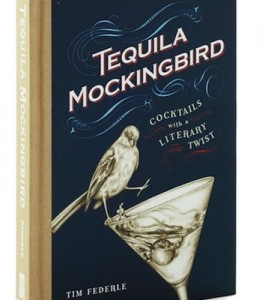 If you lack wall space for the poster, dip into Tim Federle‘s Tequila Mockingbird: Cocktails with a Literary Twist, a highly entertaining recipe book that pays homage to literary libations with drinks like Romeo and Julep, The Pitcher of Dorian Grey Goose, Love in the Time of Kahlua, The Deviled Egg Wears Prada and more.
If you lack wall space for the poster, dip into Tim Federle‘s Tequila Mockingbird: Cocktails with a Literary Twist, a highly entertaining recipe book that pays homage to literary libations with drinks like Romeo and Julep, The Pitcher of Dorian Grey Goose, Love in the Time of Kahlua, The Deviled Egg Wears Prada and more.



